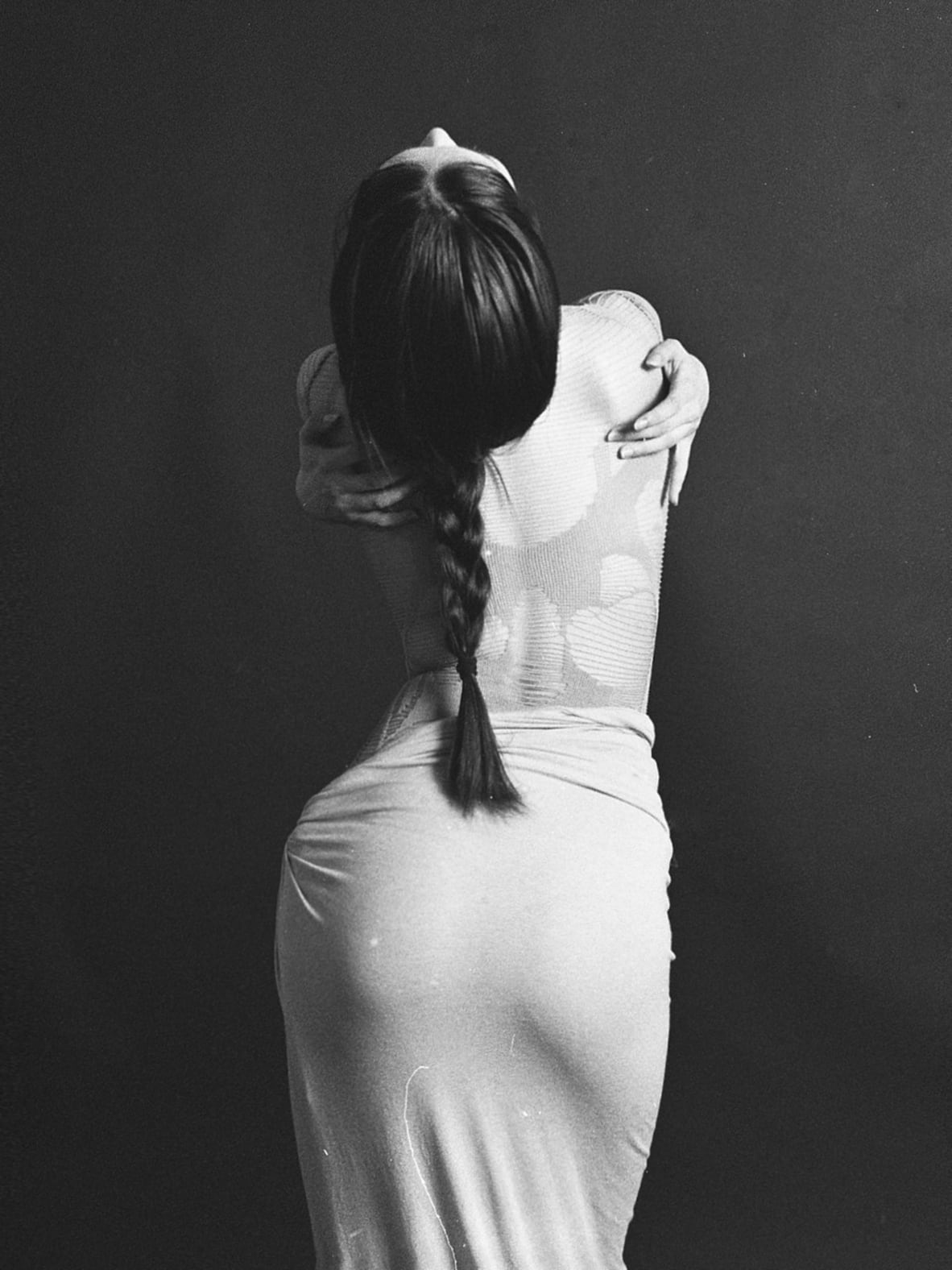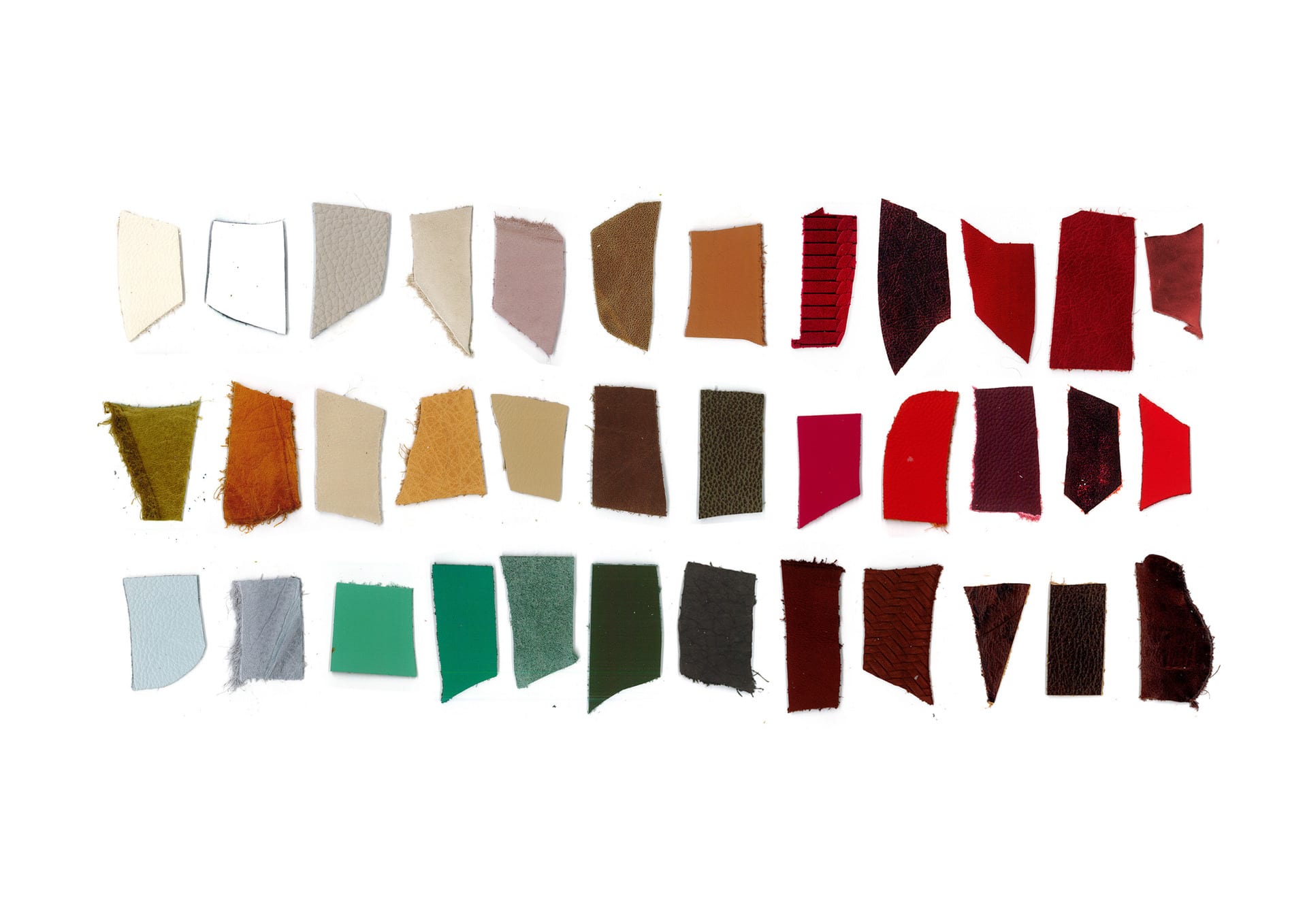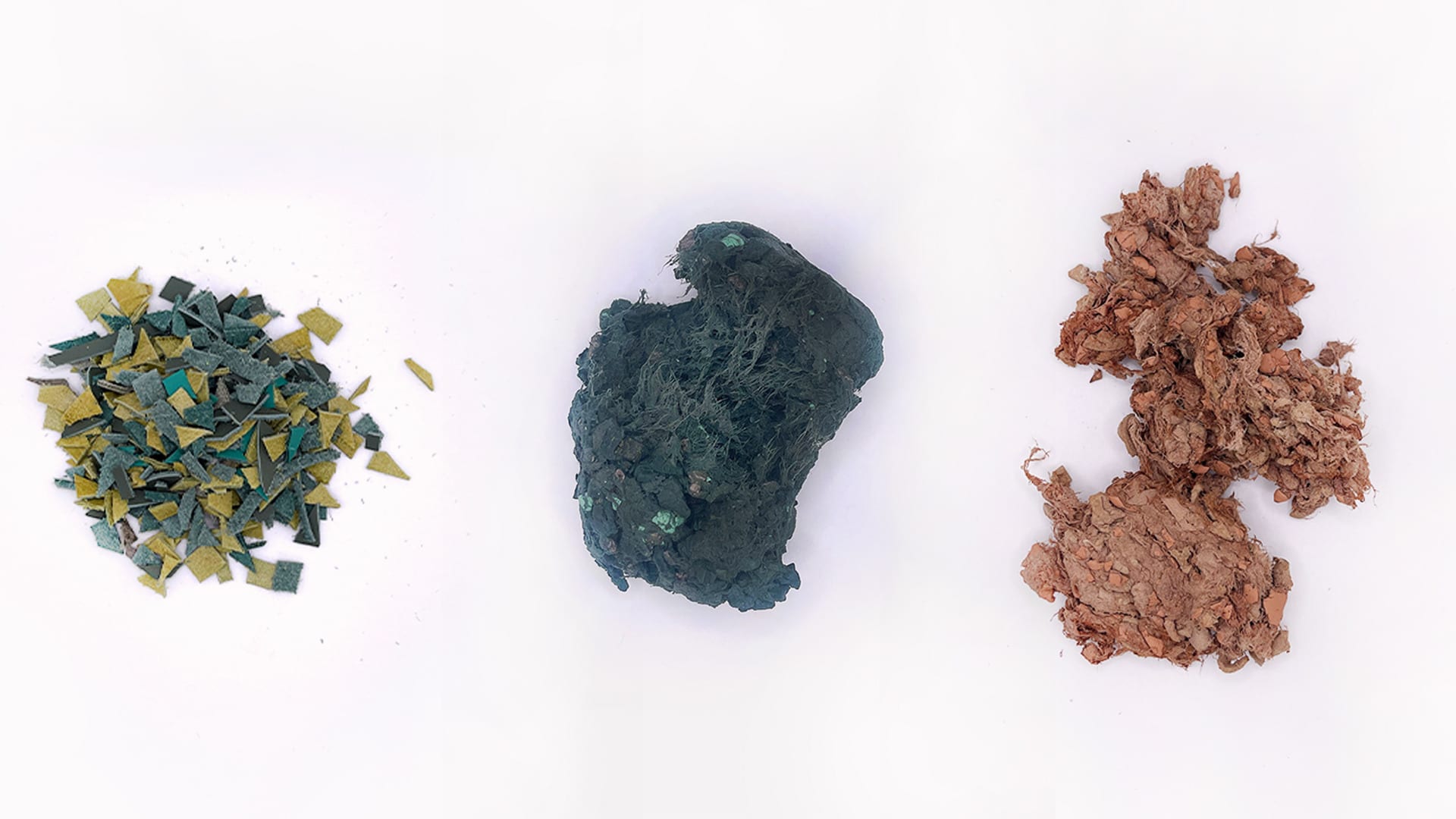BACK SEAT
The use of negative space is a means of emphasising and drawing attention to specific elements or concepts.
The inspiration behind Back Seat derives from a self-reflection phase, with the key design concept revolving around distance. In my opinion, "distance" is often a struggle, encompassing the space between emotions and reason, absolutes and relativity, and the proximity or detachment from others. Finding a comfortable equilibrium within these distances proves elusive.
Perhaps, most choices and interactions serve as a means to explore one's own boundaries.
For me, the true distance lies within my mind and consciousness. As a result, I transformed my centre point into a chair. A chair maybe represents the simplest means of creating a new space. It provides intimate bodily support while offering a secure vantage point for observation, enabling my mind to "Take a Back Seat".
Sitting down, relinquishing control, symbolise my retreat, a way to gain perspective–an act of connection, liberation, and opening oneself up.
Thus, the chair becomes an extension of myself, embodying my essence. When you are willing to join another me in sitting down, mutually retreating to gain perspective, it becomes optimal for our worlds to intersect.
From the same angle and shared support, we transition from independence to connection, ultimately becoming integral parts of a unified world.
















